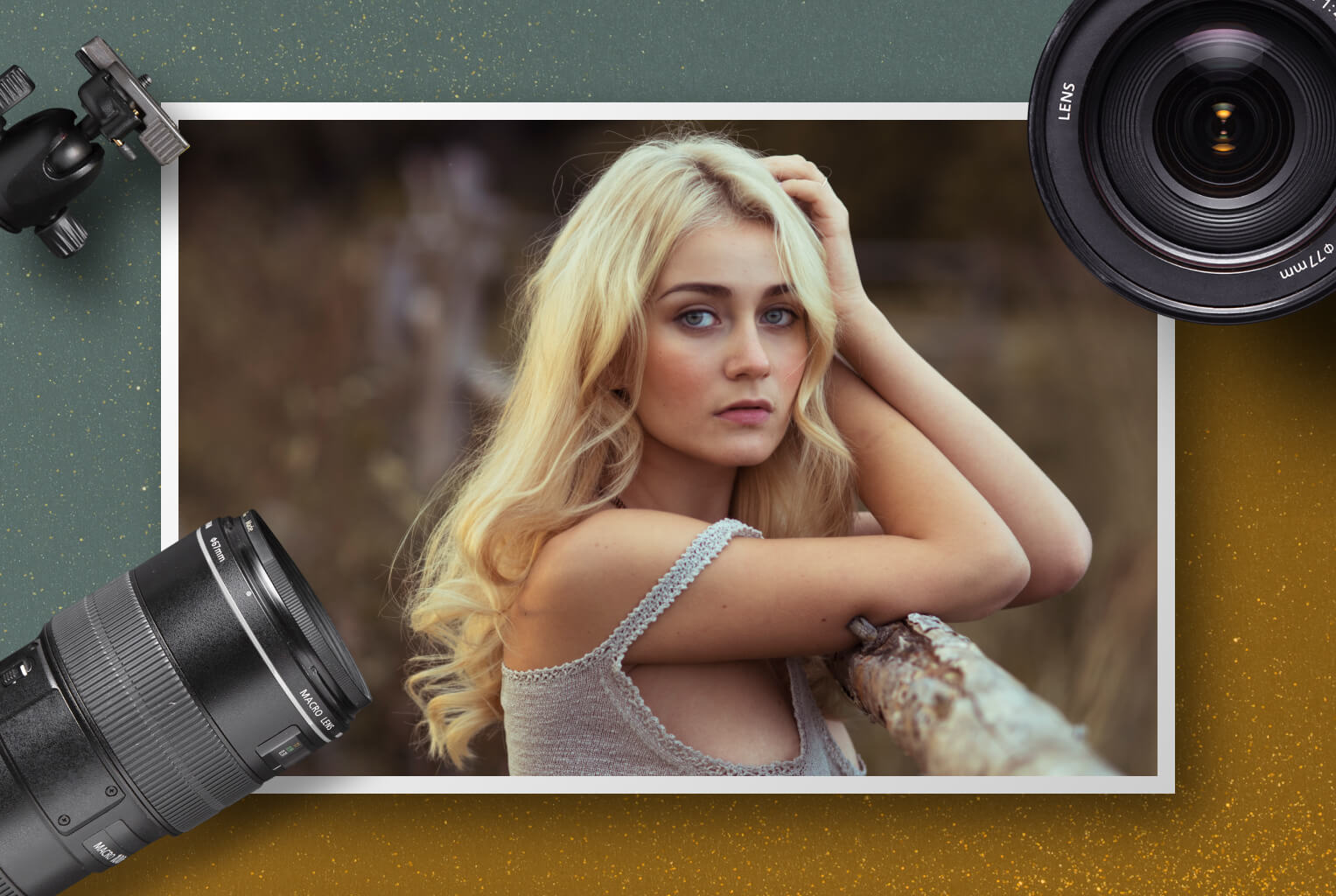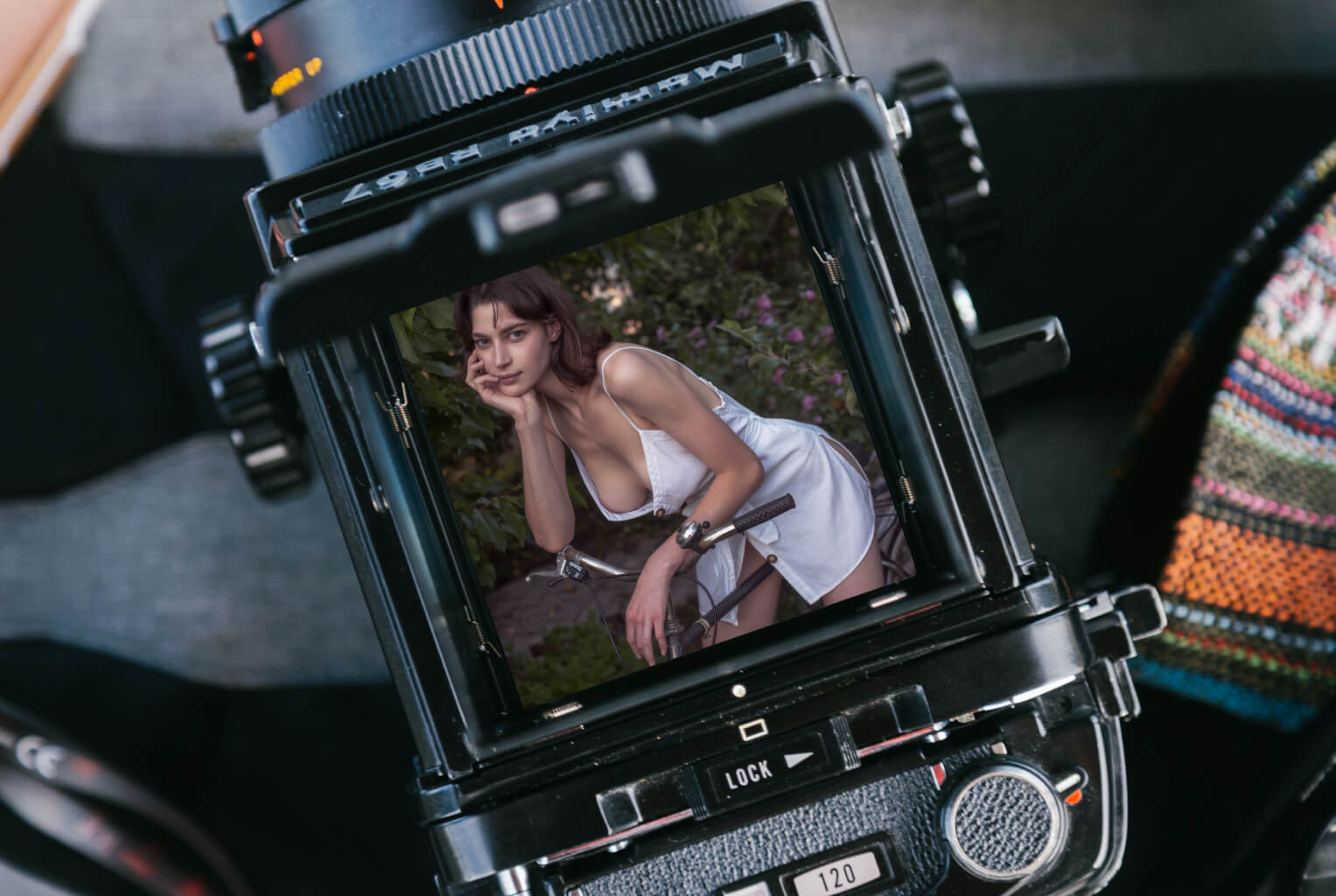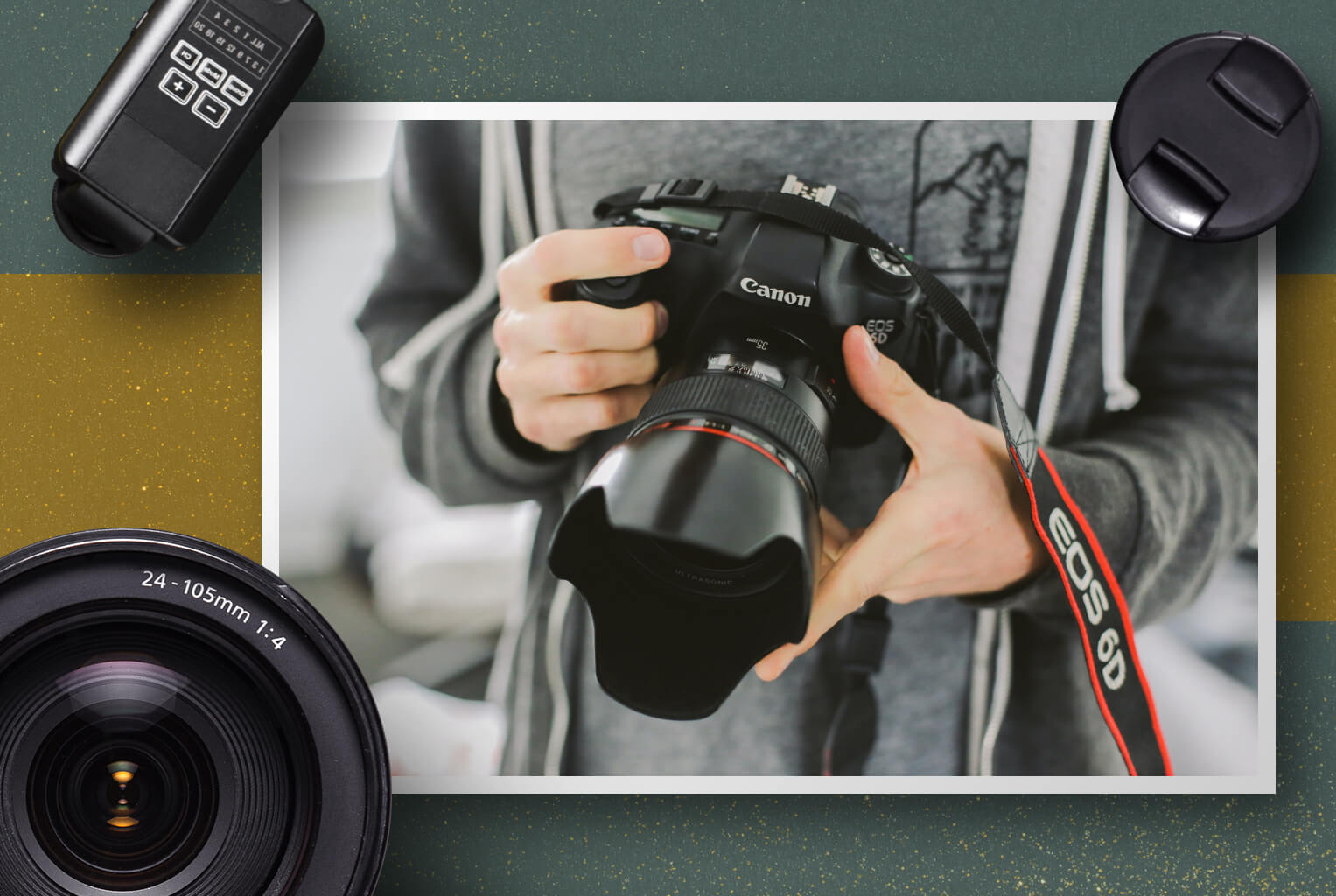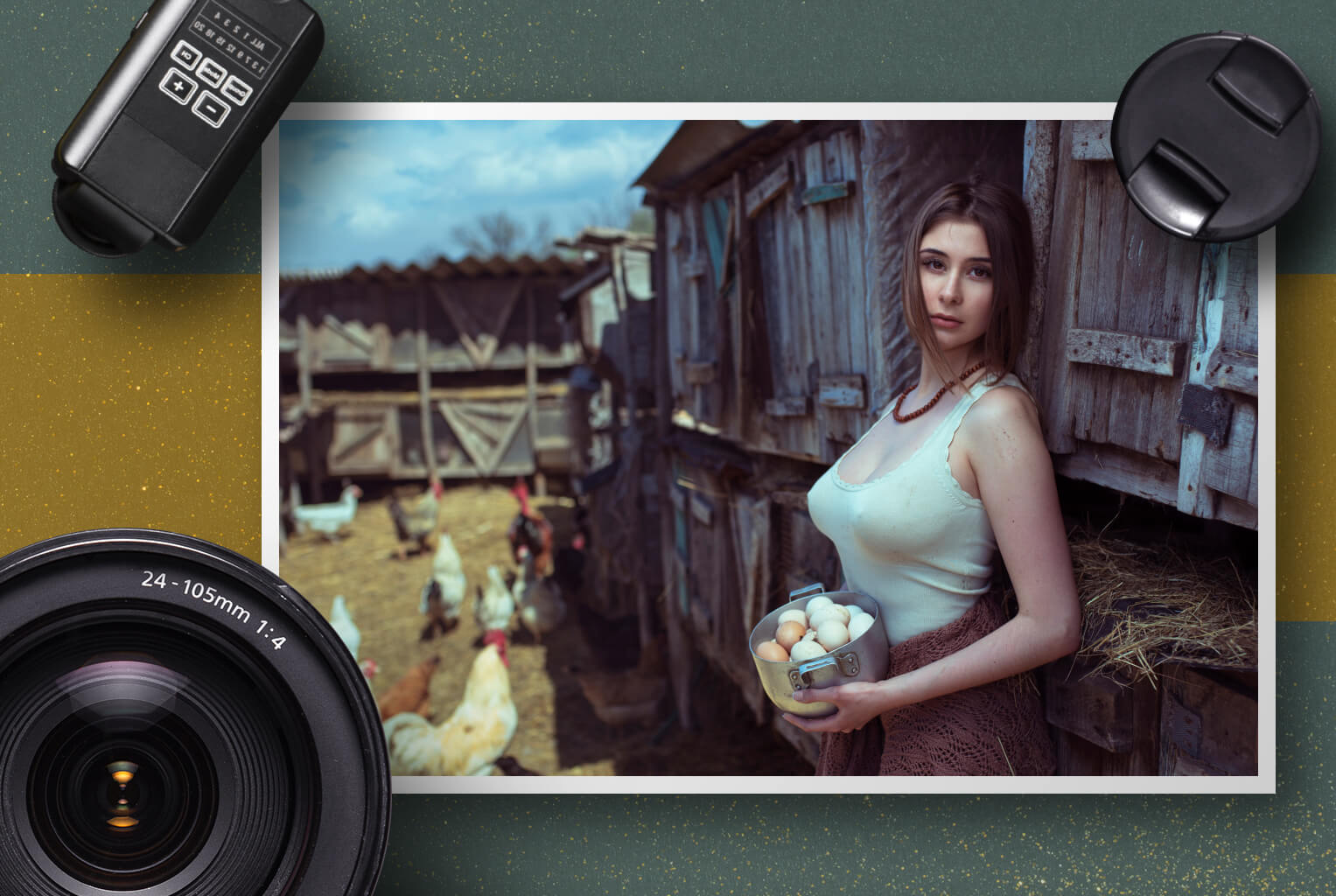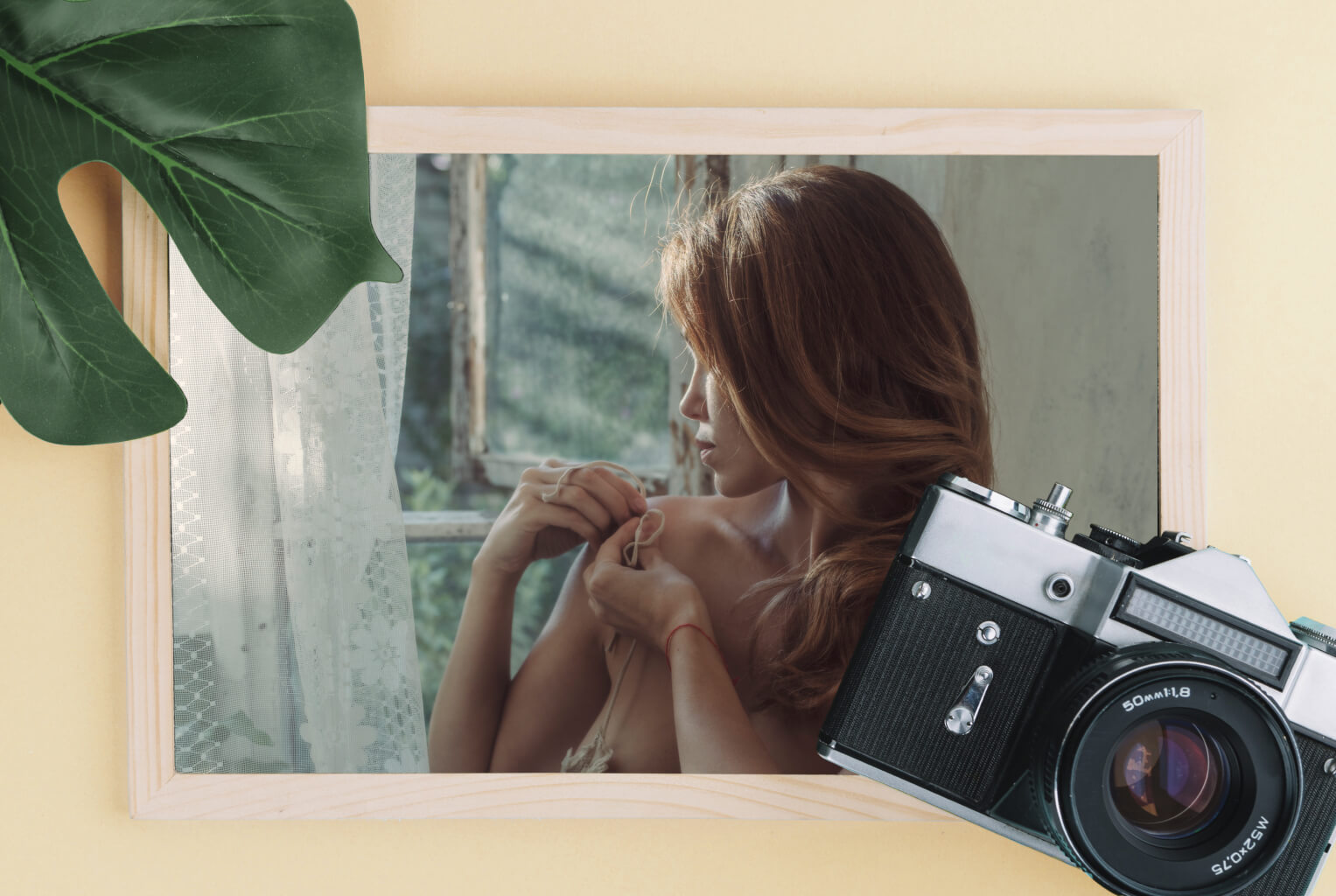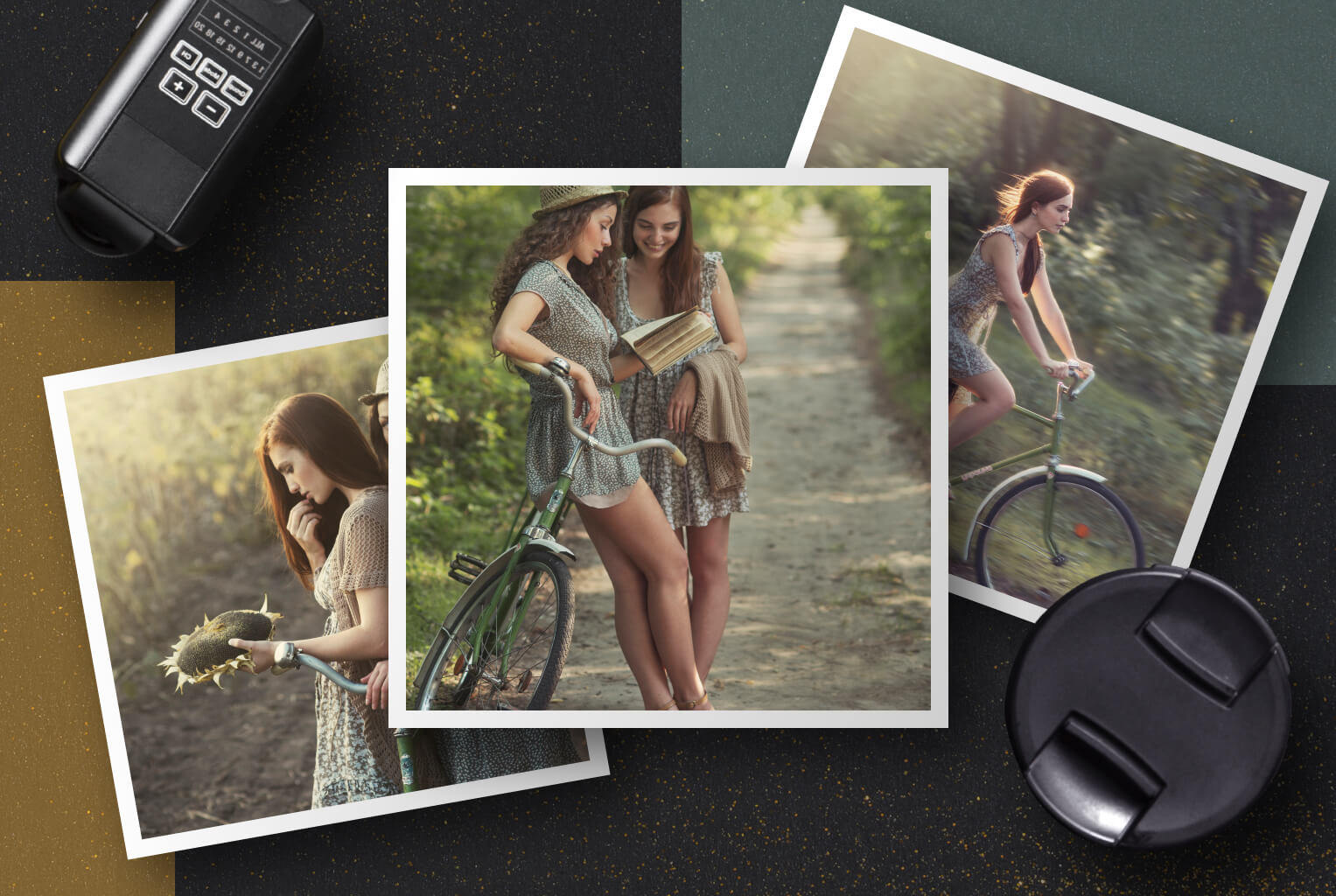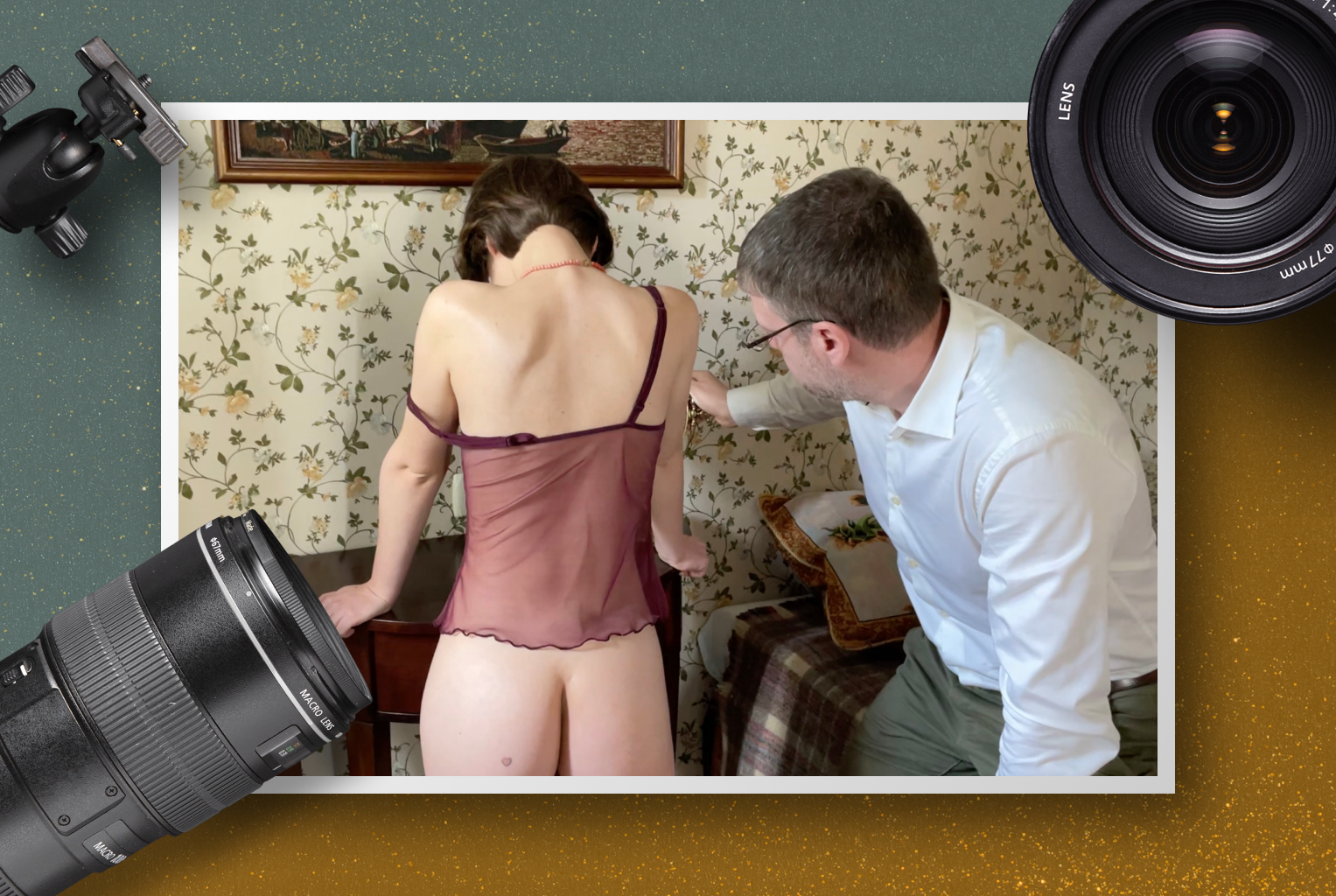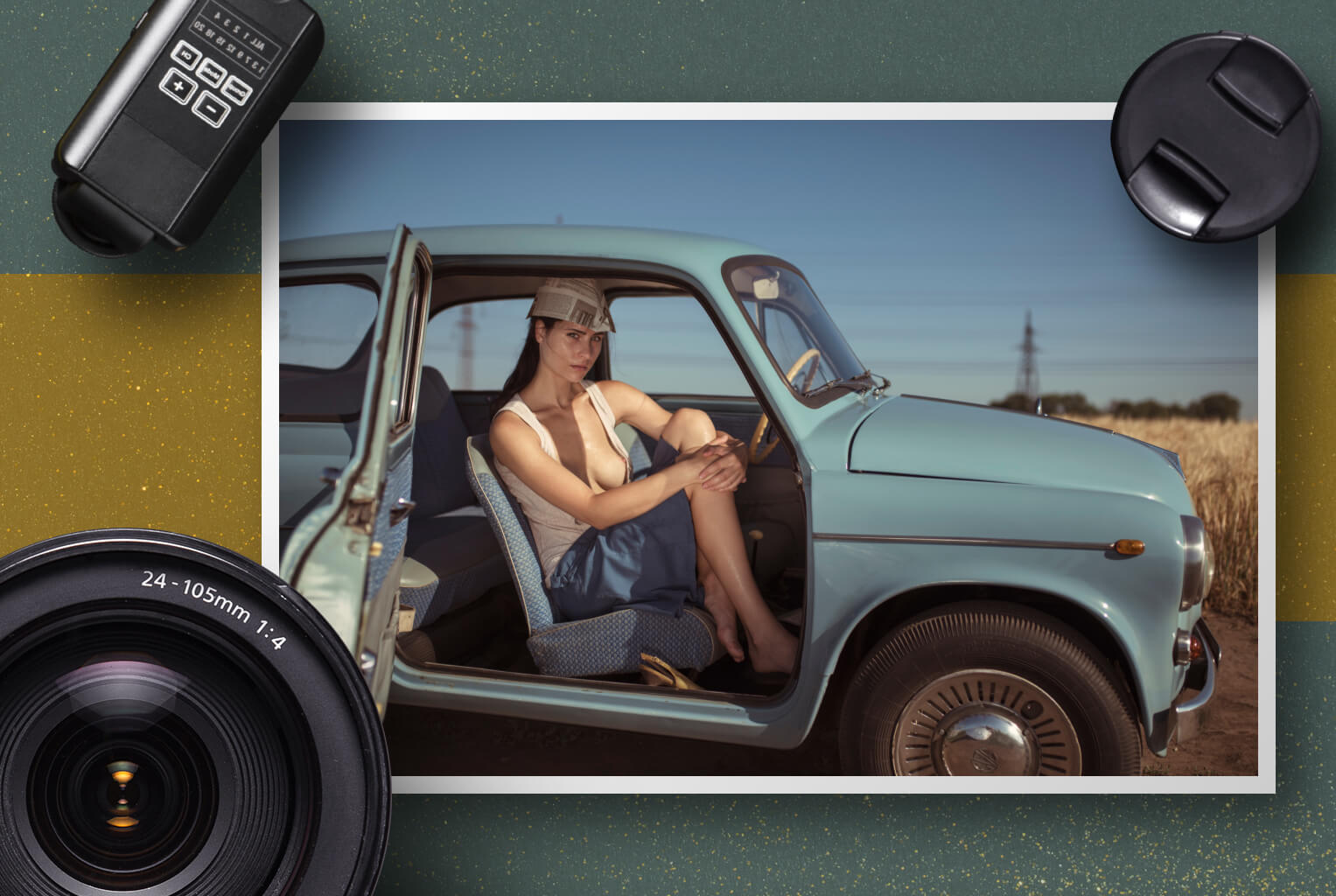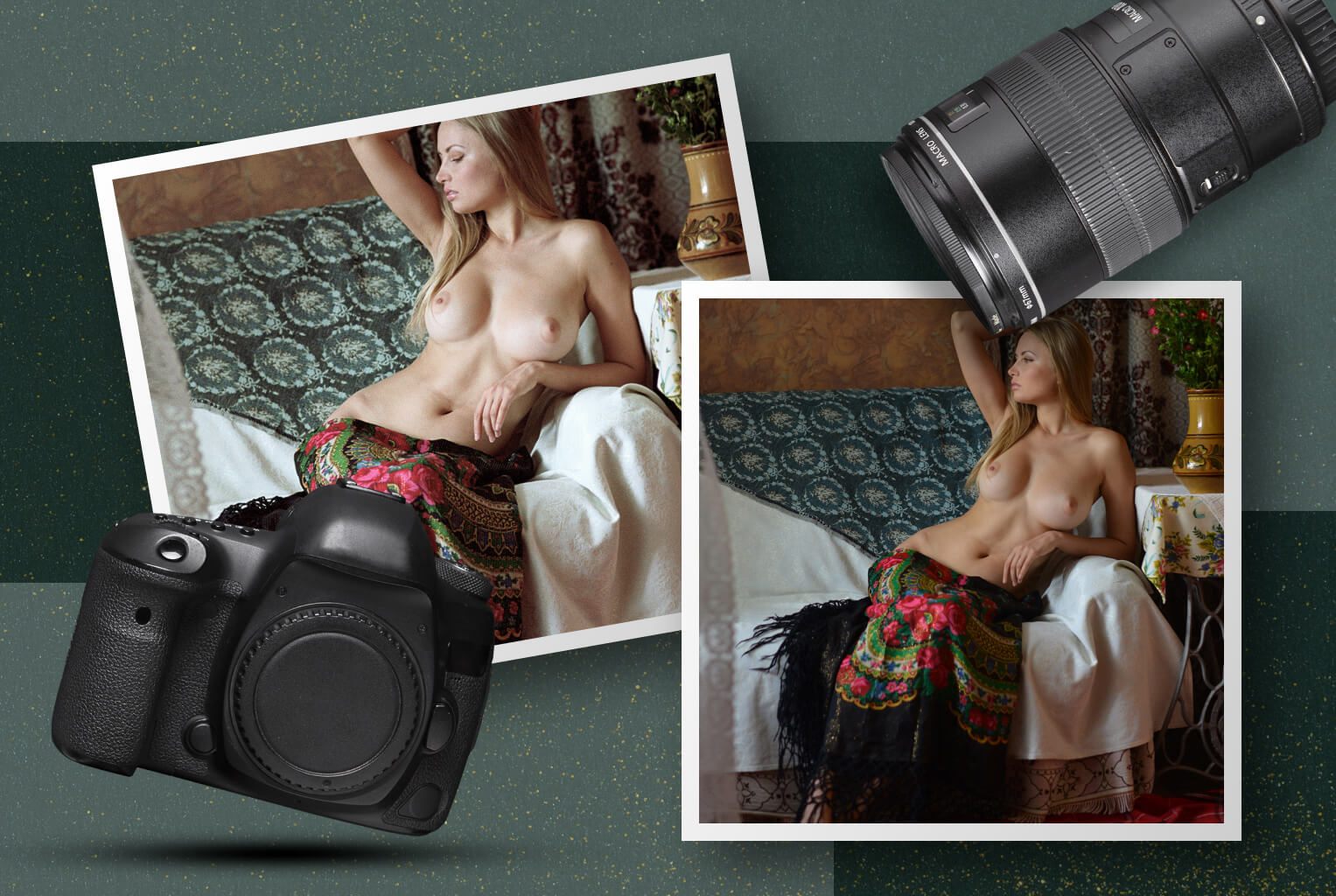
Film and Digital PhotographyFilm and Digital Photography
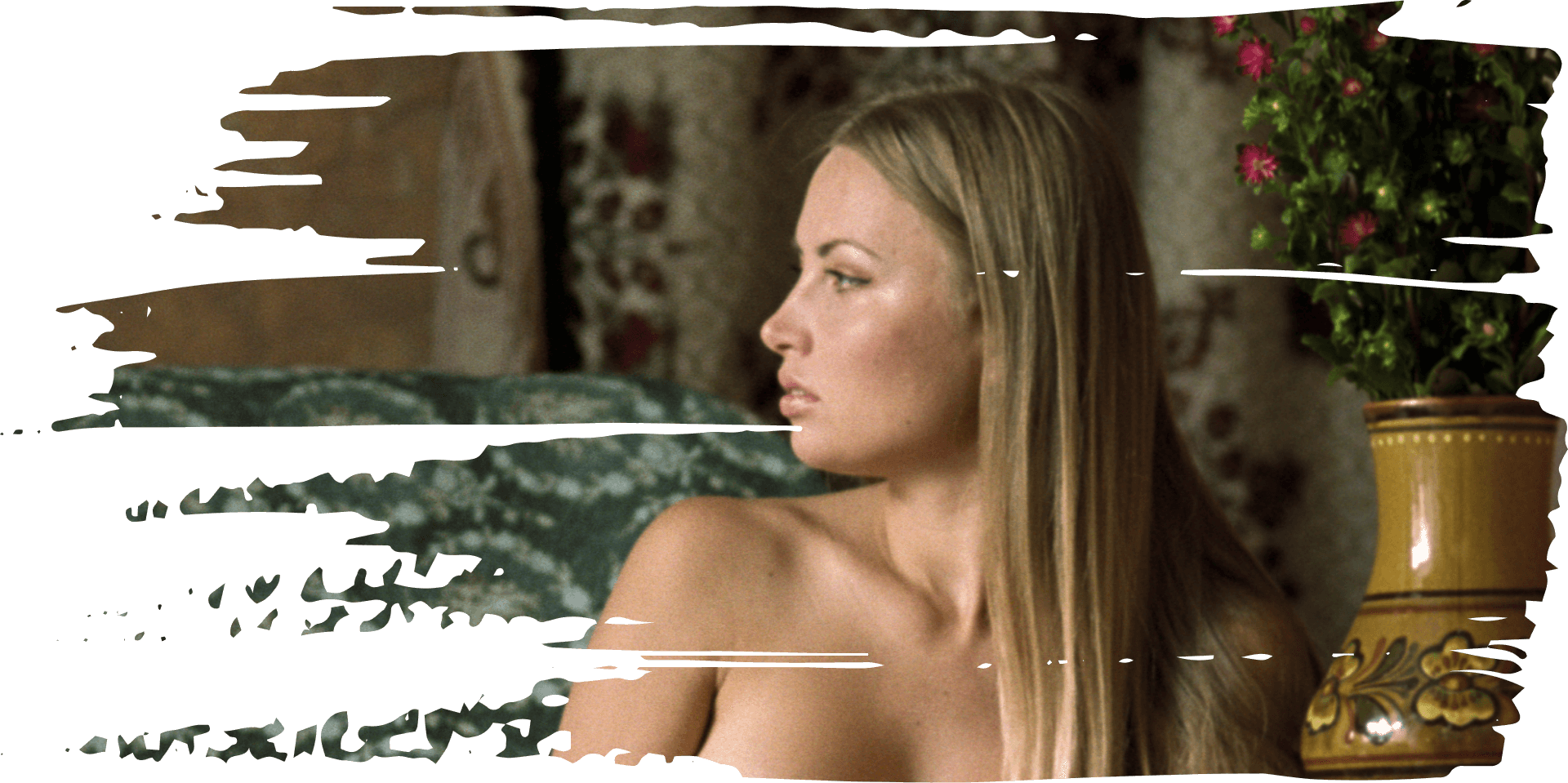
“A digital camera allows you to take hundreds and thousands of photos without fear of ‘running out of film’.”
The film provides softer contrast and smooth transitions between light and shadow, creating a sense of harmony in every frame. Light grain and “glit” subtly add texture, highlight details, and give the image a special atmosphere. Warm tones with a greenish-yellow character create a retro effect and a “lively,” breathing image, as if the light leaves its mark on it. The dynamic range seems wider: fine details are preserved in the shadows, and the light areas remain natural and do not burn out. Each frame takes on its own character and cinematic depth, like a captured moment from the past that retains its soul.
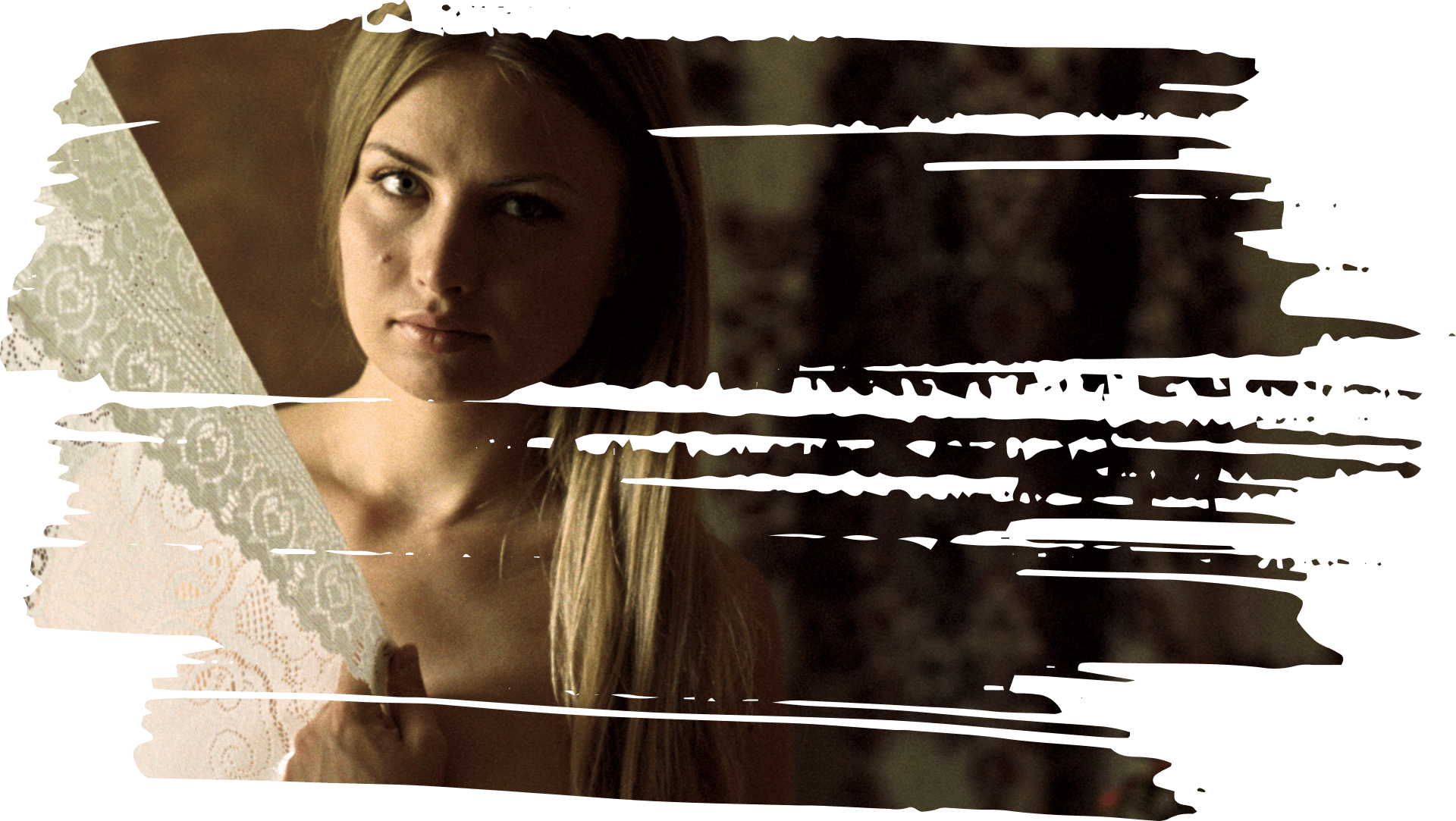
“Digitally, almost unlimited editing of color, contrast, and detail is possible.”
Digital photography, on the other hand, impresses with its sharpness and detail, reproducing the world as accurately as possible. It allows you to see every element of the scene, conveys colors in a neutral, balanced range, and provides perfect white balance. The image looks clean and expressive, with every line and shape clearly defined. At the same time, the contrast increases: the object is separated from the background and becomes the main focus of the composition. Sometimes this precision creates a feeling of a certain “flatness,” where the light grain and texture inherent in film are absent, but at the same time, each frame acquires technical perfection.

“Digitally, the range is technically wider, but visually it often looks harsher.”
Film provides atmosphere and emotion, while digital photography provides precision and clarity. Together, they open up a full palette of artistic possibilities: the former for those who appreciate the warmth of the moment, unpredictability, and depth, the latter for those who strive for precision, experimentation, and control over light. It is in this balance that the magic of photography is born: each frame can tell a story, convey a mood, and preserve the memory of the world we see and feel.
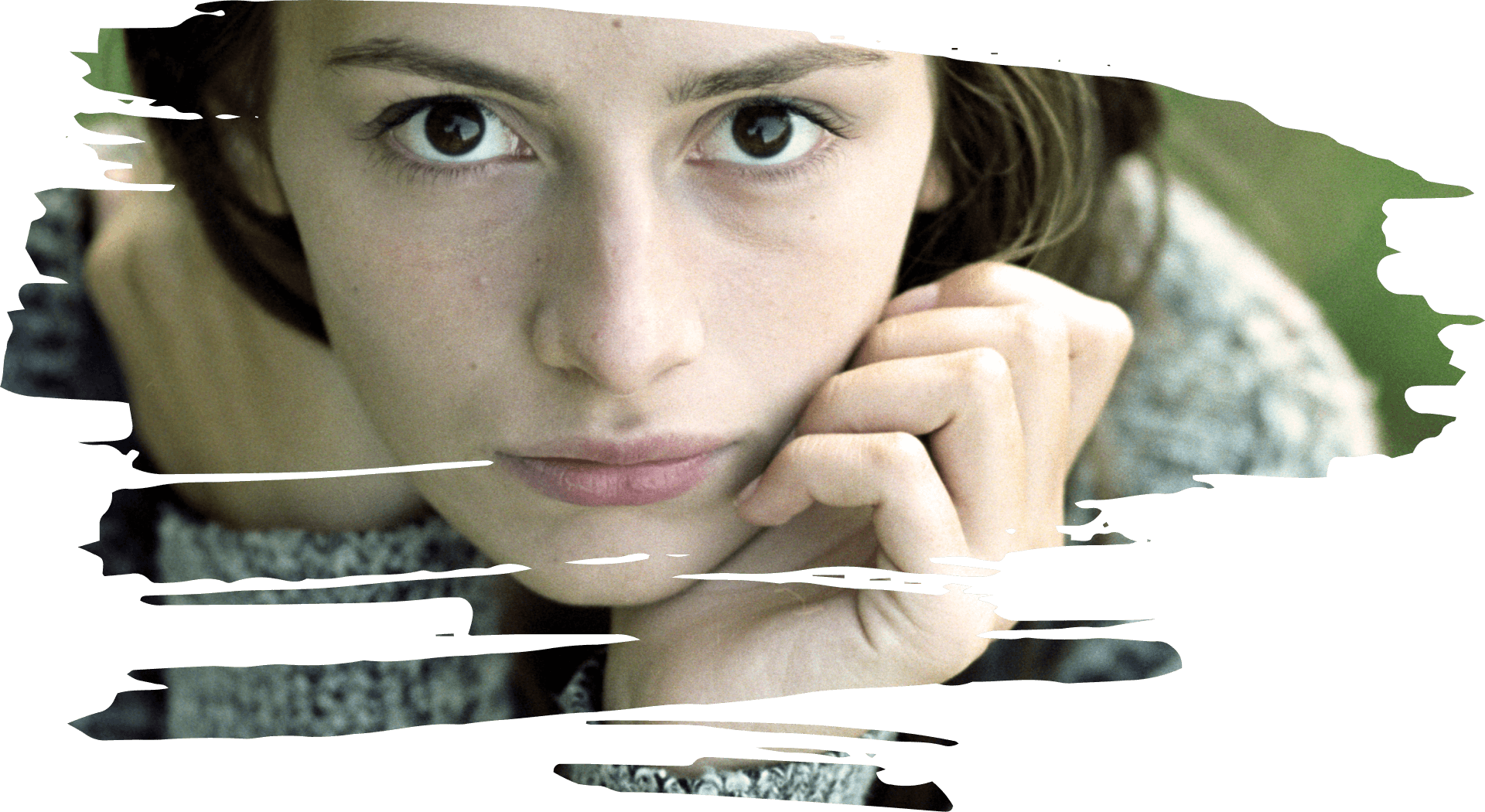
“Film has a ‘soul of randomness’: grain, slight imperfections, warm tones.”

“A digital camera allows you to take hundreds and thousands of photos without fear of ‘running out of film’.”
The film provides softer contrast and smooth transitions between light and shadow, creating a sense of harmony in every frame. Light grain and “glit” subtly add texture, highlight details, and give the image a special atmosphere. Warm tones with a greenish-yellow character create a retro effect and a “lively,” breathing image, as if the light leaves its mark on it. The dynamic range seems wider: fine details are preserved in the shadows, and the light areas remain natural and do not burn out. Each frame takes on its own character and cinematic depth, like a captured moment from the past that retains its soul.

“Digitally, almost unlimited editing of color, contrast, and detail is possible.”
Digital photography, on the other hand, impresses with its sharpness and detail, reproducing the world as accurately as possible. It allows you to see every element of the scene, conveys colors in a neutral, balanced range, and provides perfect white balance. The image looks clean and expressive, with every line and shape clearly defined. At the same time, the contrast increases: the object is separated from the background and becomes the main focus of the composition. Sometimes this precision creates a feeling of a certain “flatness,” where the light grain and texture inherent in film are absent, but at the same time, each frame acquires technical perfection.

“Digitally, the range is technically wider, but visually it often looks harsher.”
Film provides atmosphere and emotion, while digital photography provides precision and clarity. Together, they open up a full palette of artistic possibilities: the former for those who appreciate the warmth of the moment, unpredictability, and depth, the latter for those who strive for precision, experimentation, and control over light. It is in this balance that the magic of photography is born: each frame can tell a story, convey a mood, and preserve the memory of the world we see and feel.

“Film has a ‘soul of randomness’: grain, slight imperfections, warm tones.”
Artists
Information
All rights for the whole and/or partial: graphic content (photos, videos, illustrations), plots/stories, single text materials, audio files/audio content, corresponding program code, that were used and/or are being used in the mobile application "NYMF" and/or all its original changes, additions, modifications and also on services https://dubnitskiy.com, https://nymf.com are the result of individual creativity and belong to D.I. Dubnitskiy (under the pen name of David Dubnitskiy).
Copyright Notice.

